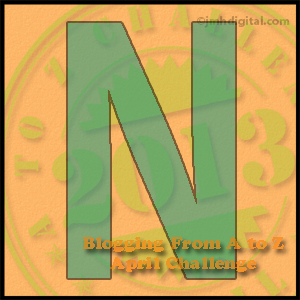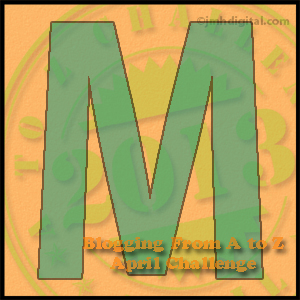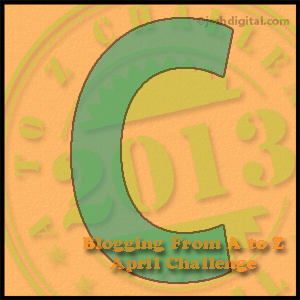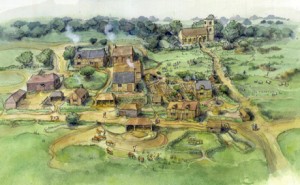 “Have you ever had a dream, Neo, that you were so sure was real. What if you were unable to wake from that dream? How would you know the difference between the dream world and the real world?” – Morpheus, The Matrix (1999)
“Have you ever had a dream, Neo, that you were so sure was real. What if you were unable to wake from that dream? How would you know the difference between the dream world and the real world?” – Morpheus, The Matrix (1999)
In Marvel comics there is an actual entity called Nightmare. He is the supreme ruler of the Dream Dimension, a pocket universe made real by the collective psychic energies of everyone asleep on the planet. As long as a singe person is sleeping somewhere in the world, the Dream Dimension continues to exist. He has the power to trap a person’s soul in the Dream Dimension. The illusion is so real that the captive soul does not realize that it’s actually in a dream.
Building on this idea, a clever DM could have an encounter, an adventure or even a full out campaign take place entirely in the dream world. Even if the PCs realized that they were in the Dream Dimension they wouldn’t know how to escape.
Throughout April Dungeon’s Master is participating in the Blogging from A to Z Challenge. The challenge is to write a new article ever day in April, excluding Sundays. That’s 26 articles over the course of the month. To make things even more interesting the title of each article will begin with a different letter of the alphabet. “N” is for Nightmare as we look at the idea of an adventure in the realm where dreams and nightmares are real.




